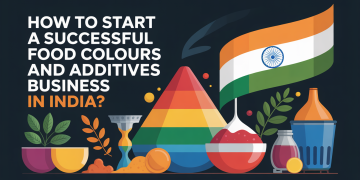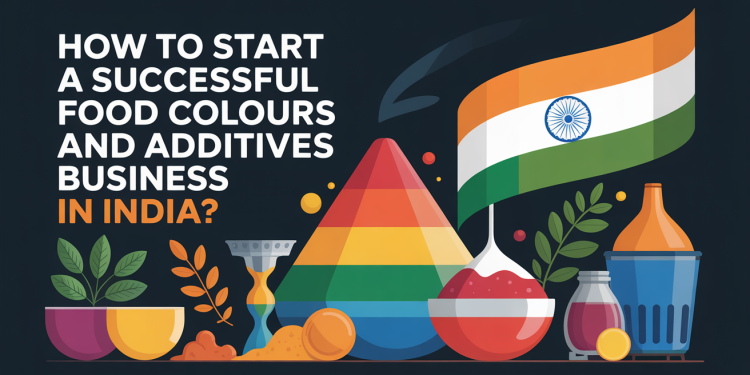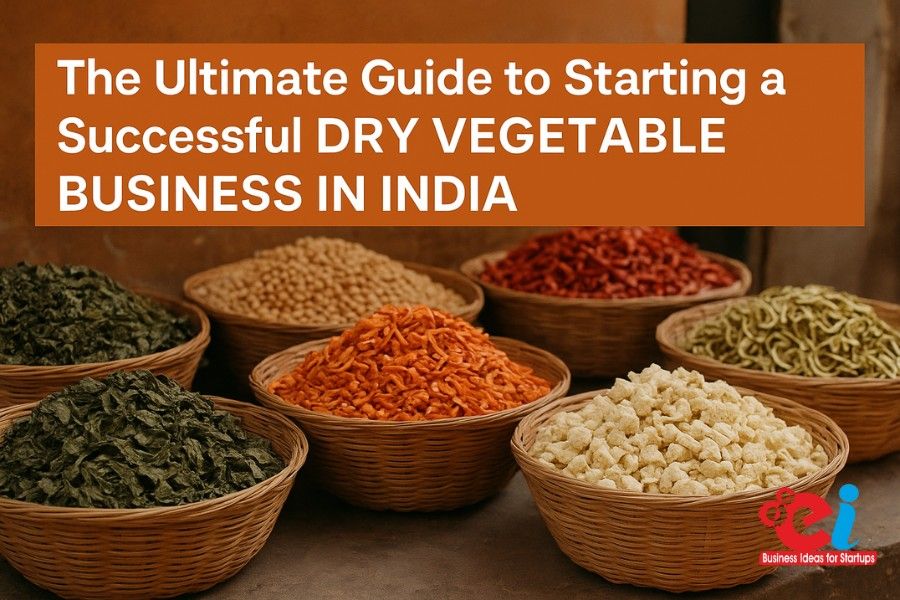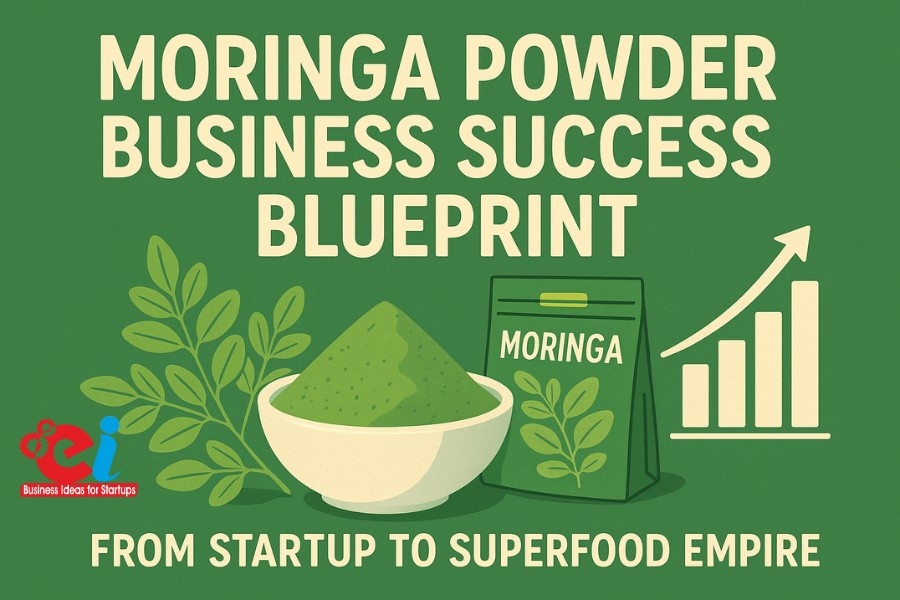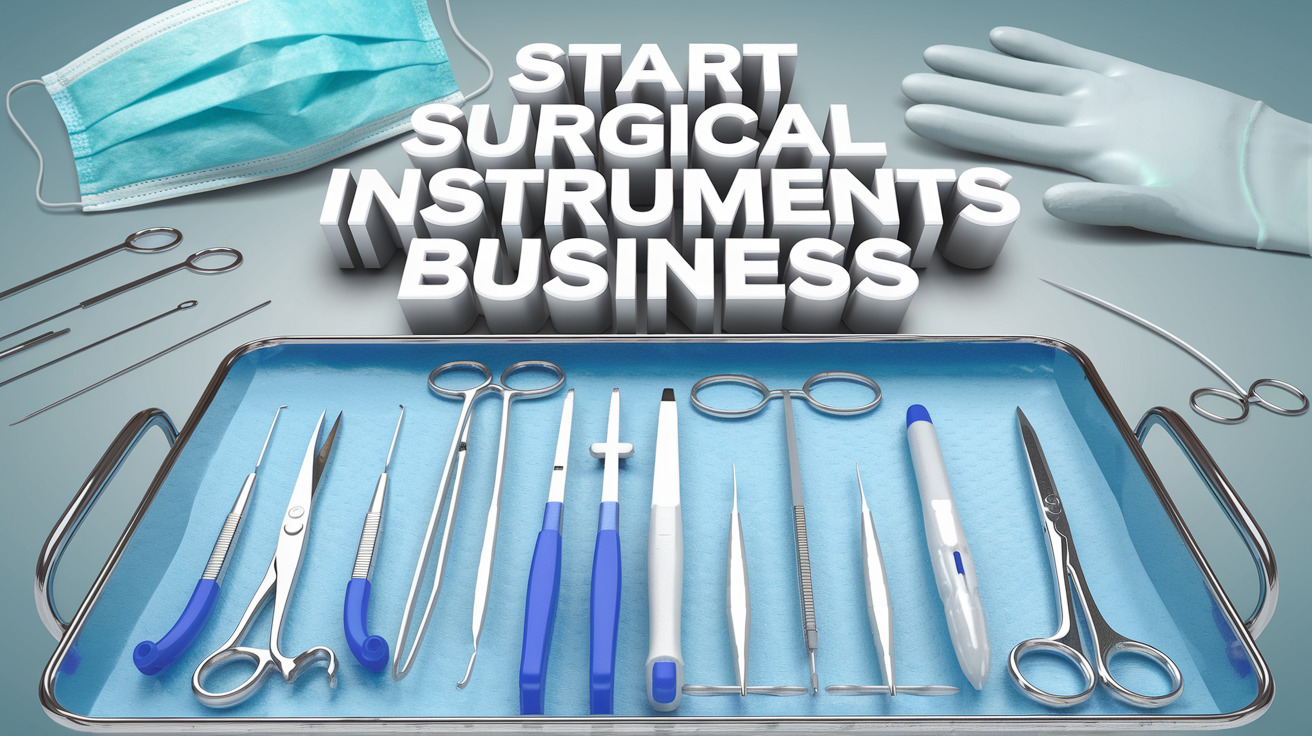Food Colours and Additives Business is a rapidly expanding segment, which encompasses colours, flavours, gums, stabilisers, hydrocolloids, as well as food additives, is of great significance to the modern food industry. There is increased demand for processed, packaged, and convenient food, which is why the food ingredient market is exploding rapidly in the entire world. With a KPI exceeding USD 535billion in India, the food processing business is one of the fastest-growing markets by 2030. Colours, flavours and stabilisers not only enhance the flavours and shelf life, but also satisfy the demand of the consumers towards natural and clean-label products.
This article informs you of 25 good project ideas in the food colours and additives industry. It examines their realism, market requirements and opportunities to trade globally.
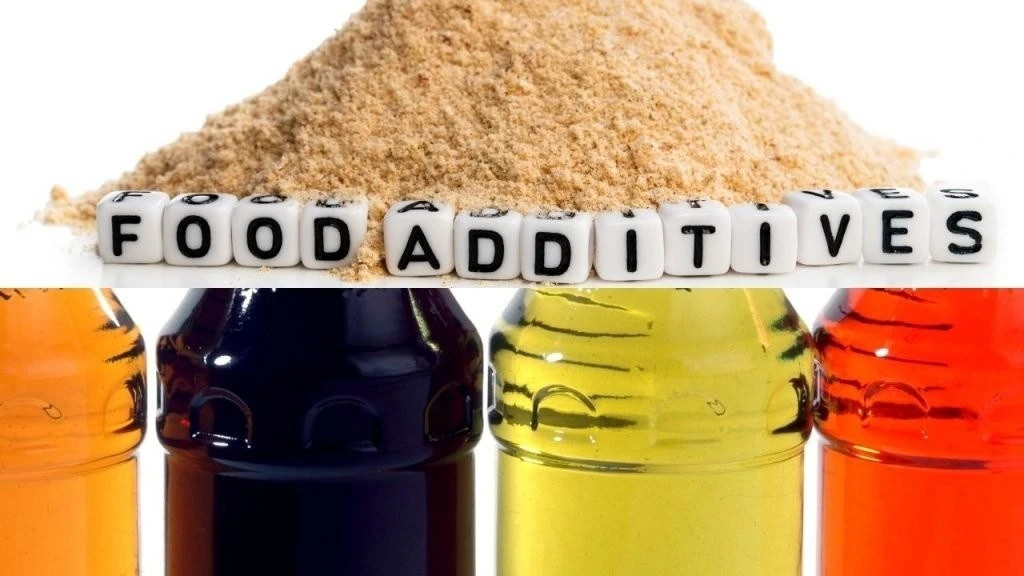
25 Profitable Business Ideas In Food Colours
1. Natural Food Colours (Curcumin, Annatto, Carotenoids)
Curcumin and annatto or carotenoids are natural food colour ingredients, which can be a good business on their own. They are applied in the baking, milk products and sweetening, beverages and packaged food. To expand domestically and internationally, start-ups can concentrate on clean, sustainable and healthy products.
2. Synthetic Food Colours (versathyd Establishoid Dyes (versathyd))
Another good idea is the production of synthetic food colours, which are not prohibited by law. They are applied to similar types of food. Through the products, companies can provide the clean-label trend without having to raise their cost.
3. Colours based on Fruit and Vegetable Extracts.
Popular colours are derived using extracts of fruits and vegetables. They are acantitute chemical dyes in bakery, dairy, confectionery and packaged foods. The market is friendly in terms of domestic sales and exports.
4. Oil‑Based Flavours: the key to Taste.
Essential oils are used to make flavours that are desired in bakery, dairy, sweets, drinks and packaged food. Natural, sustainable alternatives can be presented by the entrepreneurs who would be attractive to those who are health-conscious.
5. Nature‑Identical Flavours
Chemically identical flavours to natural flavours, which can be synthesised in a laboratory, are appealing. They offer the flavours of the natural flavours at a low cost compared to the raw material hen,ce, satisfying the local and international demand.
6. Artificial Flavours Company.
Other lucrative sectors include manufacturing artificial flavours. Although they are synthetic, they can be made in the aan sustainable and healthy way, in case they are marketed in the correct way.
7. Starch‑Based Hydrocolloids
Starch-based hydrocolloids are used to control the texture of food. They are applied in bakery, dairy and sweets, beverages and packaged food, hence this is a lucrative business with a hi market prospects. 8. Guar Gum Processing Guar gum is a natural gum. The guar gum has good prospects of domestic and export processing as a raw material in bakery, dairy, sweets, drinks and packaged food.
9. Xanthan Gum Production
Xanthan gum is used as a stabiliser. Manufacturing it in bulk for bakery, dairy, sweets, drinks, and packaged foods can win very high demands at the domestic and international levels.
10. Carrageenan Extraction
Carrageenan, which is made out of seaweed, is consumed in a lot of foods, such as desserts and dairy. A production facility could be used to serve both national and international markets.
11. Pectin Manufacturing
Pectin is a natural gelling substance that has been applied in jams, jellies, and desserts. Pectin manufacture has the potential to exploit the domestic consumer market and the possibility of export.
12. Gelatin Production
Gelatin is very commonly used in confectionery and meat products. The development used in these foods can be a good venture.
13. Agar‑Agar from Seaweed.
An alternative to Seaweed gelatin is known as agar-agar, which is a plant-based gelatin. It is applied in desserts, yoguryoghurtsprocessed products. Manufacture of agar-agar can also satisfy the domestic and export demand.
14. Gum Arabic Processing
Gum Arabic is a stabiliser that is natural in drinks and confectionery. With this gum processed, there are vast domestic and overseas markets.
15. Soy Protein Isolates as Stabilisers.
Many foods could be stabilised using soy protein isolates. Making them buy dairy, sweets, beverages, and packaged food can generate good sales.
16. Maltodextrin Production
Maltodextrin is a white bulk and texture powder. Preparing it as bakery, dairy, sweets, drinks, and packaged food may be in high demand.
17. Lecithin (Soy and Sunflower)
Lecithin is an emulsifier which can be made of soy or sunflower. A lecithin plant may be used in bakery, dairy, candies, soft drinks and packaged food both locally and internationally.
18. Citric Acid Production
They use citric acid to manage the acidity and flavour. Its production as bakery, dairy, sweets, drinks and packaged food can satisfy the robust market demand.
19. Lactic Acid Production
Lactic acid is employed as a preservative and flavour. There is good domestic and export potential for making it in food applications.
20. Enzyme‑Based Additives
Enzymes are used to enhance the mixing, rise or release of flavours of dough. Enzyme additives Production of bakery, dairy pr packaged, and packaged food.. This would be a lucrative business.
21. Preservatives (Sodium Benzoate, Sorbates)
Sorbates and sodium benzoate inhibit spoiling. They can be produced in large quantities in the bakery, dairy, sweets, beverages and packaged foods segment to get a good market share.
22. Antioxidants (Tocopherols, Ascorbates)
Antioxidants prevent the spoilage of food. Manufacture of tocopherols or ascorbates for bakery, sweets, drinks and packaged foods comes at an increasing consumer demand.
23. Protein Browning (Caramel, Hydrogenated Starch, and Sodium Sulfite)
In health foods, there are low-calorie sweeteners. Stevia, aspartame or sucralose used to make bakery, dairy, sweets, drinks, a nd packaged foods can be profitable to manufacture.
24. Bakery and Dairy Emulsifiers.
Emulsifiers assist in the combination of fats and liquids. Bakery and dairy foods are already a well-established and developing market to create them.
25 Export-based Food Additive Units.
The establishment of an additives unit with the primary export focus may exploit the robust demand in the domestic market as well as the foreign orders.
Find all of our books here.
How NPCS Supports Food Ingredient Ventures
We are NIIR Project Consultancy Services (NPCS), and we can assist in preparing Market Survey and Techno-Economic Feasibility Reports (DPRs) to launch new industries or businesses.
- Demand study and market research.
- Process flow diagrams
- Capacity planning and
- product mix planning.
- Machinery and raw material Information.
- Project financials, Project profitability analysis.
Our vision is that we enable the business people to analyze the feasibility, profitability, and scale of industrial projects so that they can make the right investment available to them and they can be successful in the long run.
Find the Best Idea for Yourself With our Startup Selector Tool
Conclusion
The food ingredients industry, spanning food colours, flavours, gums, hydrocolloids, and additives, provides high-value opportunities for entrepreneurs. Driven by consumer demand for convenience, taste, and health, this sector continues to grow steadily in India and globally. From natural colours and stabstabilisersenzymes and preservatives, these 25 project ideas present profitable ventures for startups aiming to enter the booming food industry. With NPCS’s consulting expertise, entrepreneurs can ensure that their ventures are technologically sound, financially viable, and positioned for long-term success in domestic and export markets.
For more information, check out this Related video.
Frequently Asked Questions(FAQ)
Q1. Does the food colours and additives business make any profit in India?
Yes, it is very lucrative since the food processing industry in India is expanding and there is serious demand on natural ingredients in the global market.
Q2. So what are the most profitable products to begin with?
The natural colours, flavouring agents, preservatives and stabilisers have great demand both at home and overseas.
Q3. What would be the initial investment amount?
Small systems can start with 10-25lakh and medium-scale systems might require 1 crore or above.
Q4. Regulations on food additives In India, is there any regulation on food additives?
YES, FSSAI controls approved food additives and determines labelling standards in order to guarantee food safety and compliance.
Q5. Are they exportable products?
Definitely. India is an exporter of food additives and colours in the European, Asian, and Middle East markets.
